Eco-Friendly Packaging: A Comprehensive Guide for Sustainable Business Practices

Eco-Friendly Packaging: A Comprehensive Guide for Sustainable Business Practices
In today's world, where environmental consciousness is on the rise, eco-friendly packaging has become a top priority for businesses. Consumers are actively seeking brands that prioritize sustainability and are taking steps to reduce their carbon footprint. As a result, businesses are constantly innovating and exploring new ways to design and produce their products with minimal impact on the environment. In this comprehensive guide, we will explore various eco-friendly packaging materials that can help your business make a positive impact while reducing costs. At FittDesign, we specialize in custom packaging design solutions tailored to your brand's needs. If you're ready to change your packaging and make a positive impact, contact us today.
What is Eco-Friendly Packaging?
Eco-friendly packaging refers to packaging materials that are designed to have minimal impact on the environment. These materials are typically made from renewable resources, can be recycled or composted, and do not release harmful chemicals during their production or disposal. Eco-friendly packaging aims to reduce waste, conserve resources, and minimize pollution.
The Importance of Eco-Friendly Packaging
The need for eco-friendly packaging has become increasingly crucial in recent years. According to a study, 37% of consumers in the United States prioritize sustainability when making purchasing decisions. Additionally, 51% of supply chain professionals expect the circular economy to gain popularity in the next two years, and 30% of consumers are willing to pay a premium for products that deliver on sustainability claims. By adopting eco-friendly packaging, businesses can align with consumer values, enhance brand reputation, and contribute to a healthier planet.
Types of Eco-Friendly Packaging Materials
There is a wide range of eco-friendly packaging materials available to businesses today. Let's explore some of the most popular options:
1. Recycled Paper (Cardboard)
Recycled paper , commonly known as cardboard, is a versatile and widely used eco-friendly packaging material. It is made from wood fibers that come from other paper products, which have been beaten down and turned back into pulp. Recycled paper pulp is most commonly used in the form of corrugated cardboard or card stock. By choosing recycled paper pulp packaging, businesses can reduce their reliance on virgin materials and promote a circular economy.
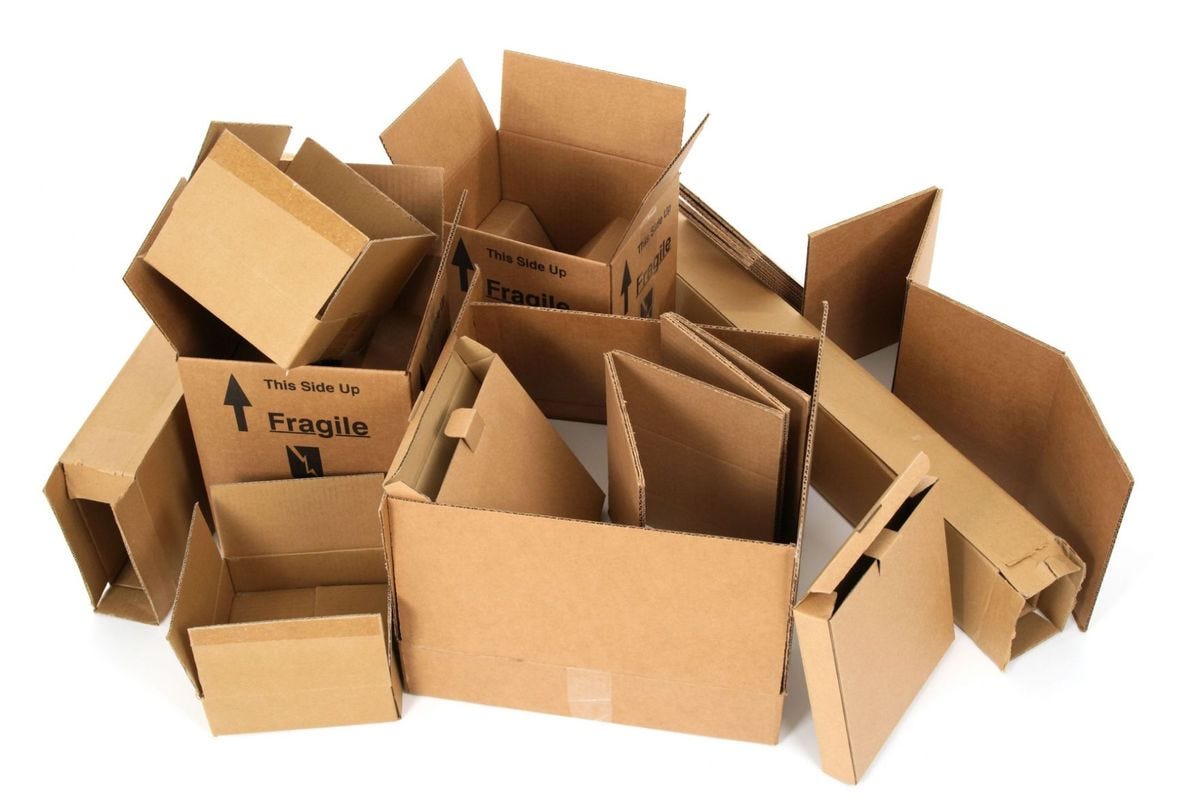
Cardboard Packaging
2. Compostable Packaging
Compostable packaging is designed to break down naturally and leave no harmful chemicals behind. It is typically made from plant-based materials such as corn, sugar cane, bamboo, and/or bio-poly mailers. Compostable packaging should ideally break down in home compost within 180 days or in commercial facilities within 90 days. Brands can choose certified compostable packaging materials to ensure their commitment to sustainability.
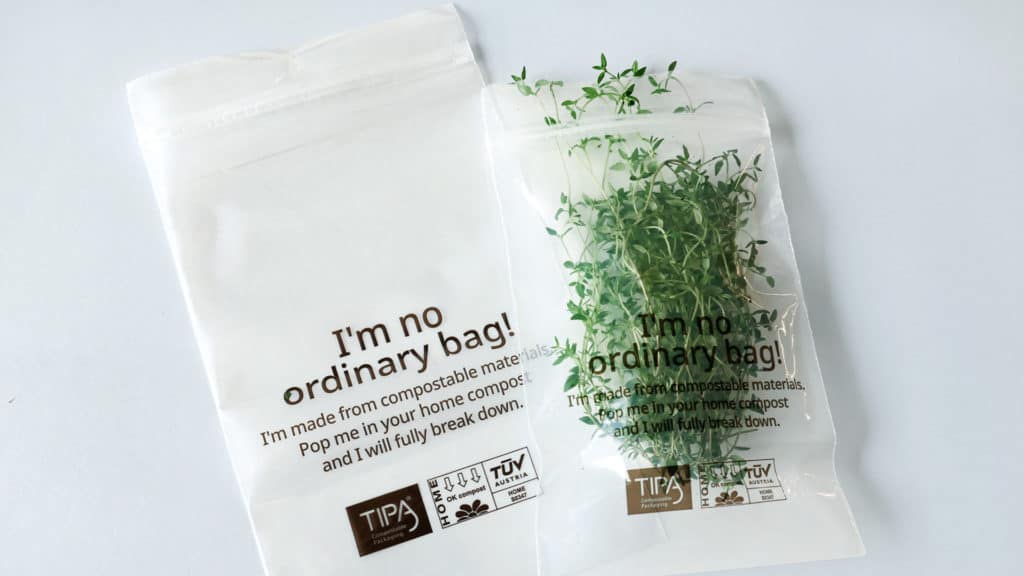
Compostable Packaging
3. Mushroom Packaging
Mushroom packaging is a sustainable alternative to Styrofoam. It is made from agricultural waste held together by mycelium, which is the root structure of mushrooms. Mushroom packaging is entirely biodegradable and can safely hold products in place during shipping. Brands like Keap, a candle subscription company, have successfully implemented mushroom packaging to reduce their environmental impact.
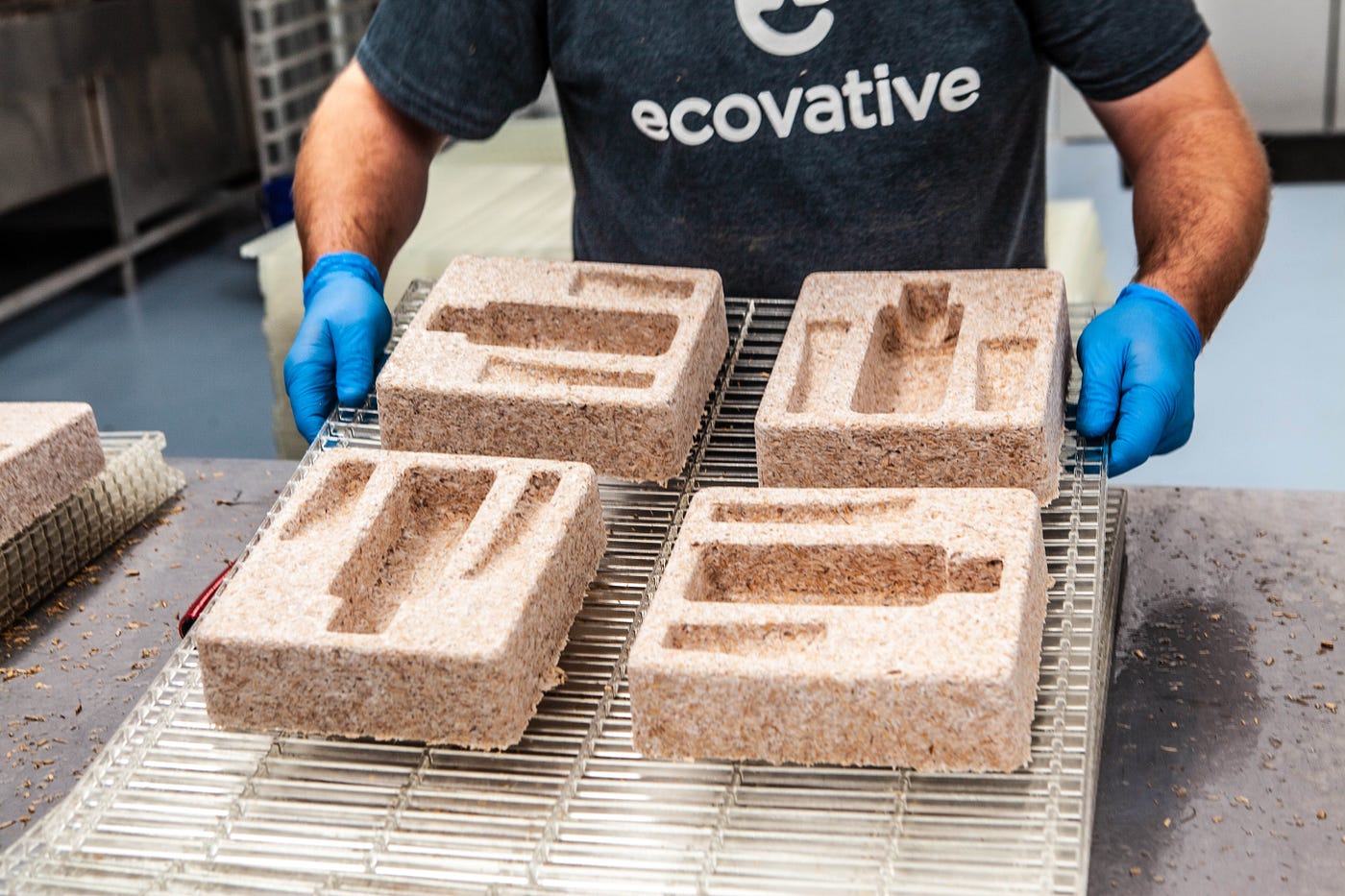
4. Kraft Paper
Kraft paper is manufactured from wood pulp and is more sustainable than regular paper. It uses all types of wood, including resinous pine, which is typically left out in the production of regular paper products. The manufacturing process of kraft paper is more sustainable, as almost all of the chemicals used can be reused. Brands can choose custom kraft mailers that are 100% FSC-certified, ensuring the use of sustainably grown and harvested paper pulp.

Kraft Paper Packaging
5. Cornstarch Packaging
Cornstarch packaging is made from renewable sources and does not contain harmful toxins. It is biodegradable and can be used as an alternative to traditional packaging materials like bubble wrap and styrofoam. Cornstarch can also be used to make biodegradable packing peanuts, providing cushioning for products during shipping.

6. Glassine Packaging
Glassine is a smooth and glossy paper that can be used for transparent packaging. It is made from wood pulp, making it recyclable and biodegradable. Glassine is pH-neutral and acid-free, making it a popular choice for brands that require transparent paper packaging.
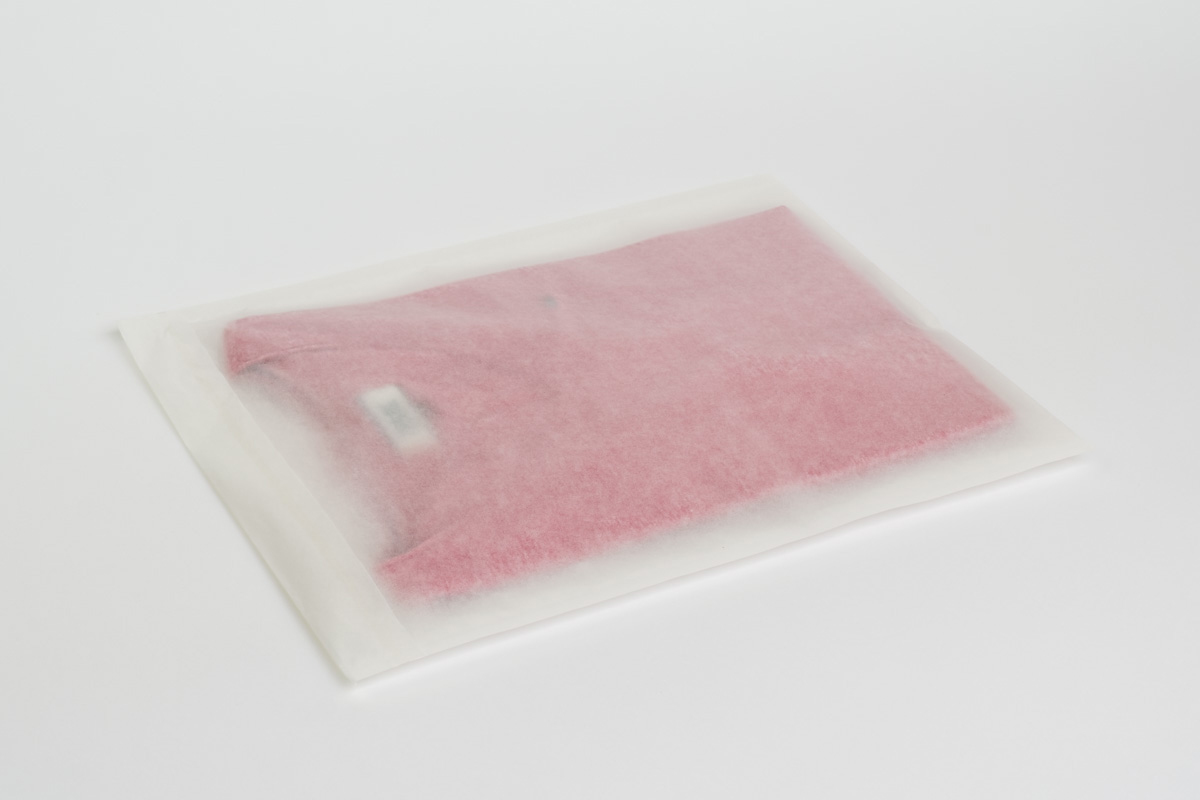
Glassine Packaging
7. Cellulose Packaging
Cellulose packaging is made from natural sources like hemp, wood, and cotton. It is biodegradable and compostable, making it a sustainable alternative to plastic packaging. Cellulose packaging is particularly favored in the food industry due to its moisture-resistant properties.
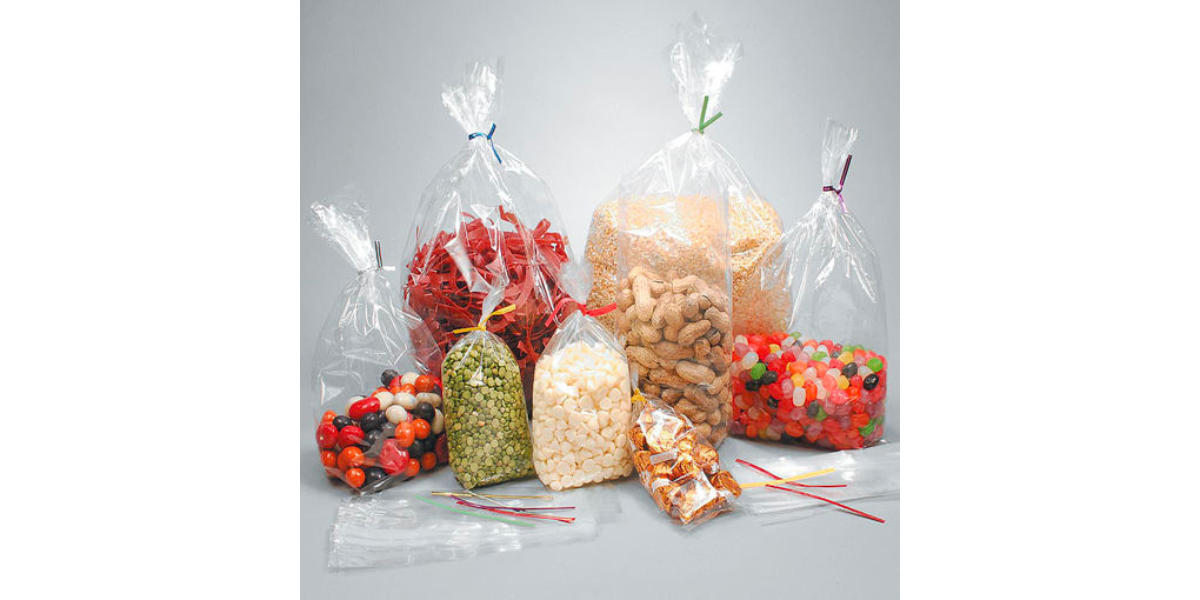
8. Green Cell Foam
Green Cell Foam is a bio-based foam material made from US-grown corn. It is compostable and can be dissolved in water or composted at home or in industrial facilities. Green cell foam provides cushioning for products during shipping and is a great alternative to traditional foam materials.
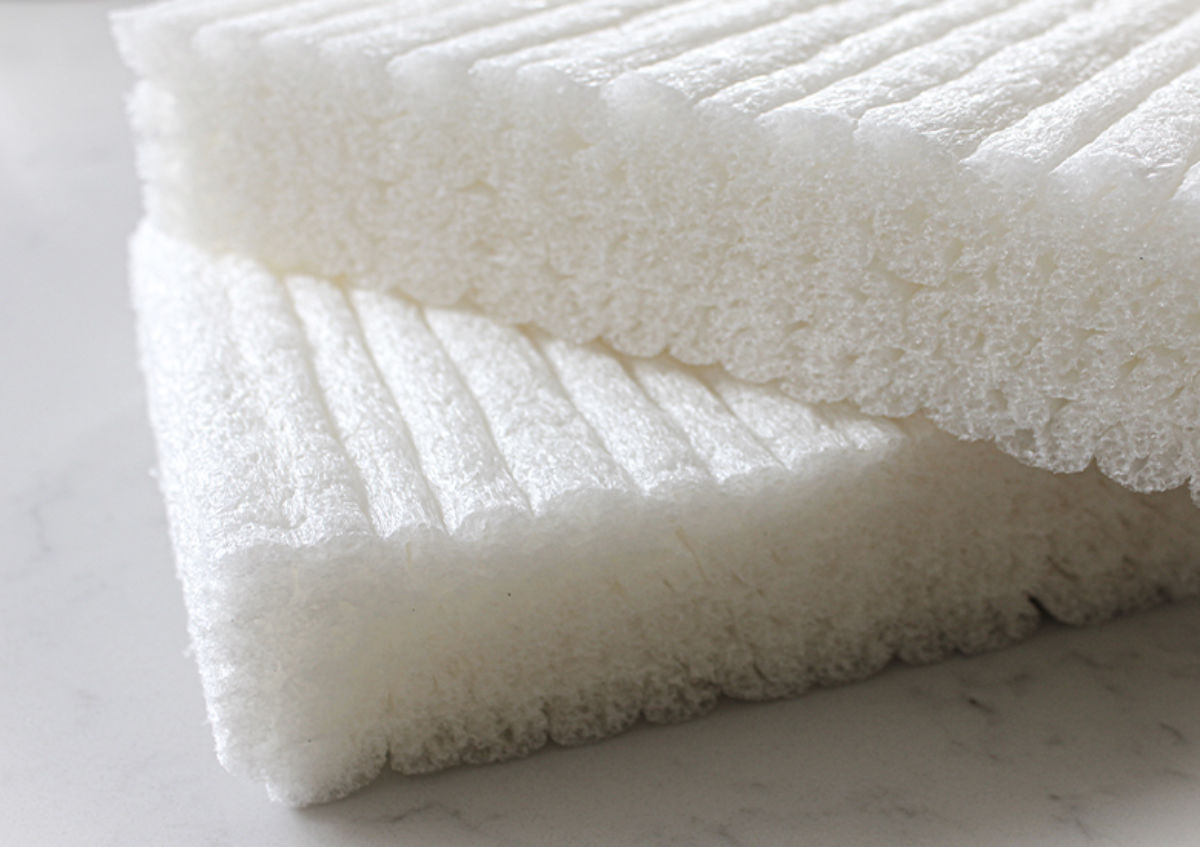
Green Cell Foam
Benefits of Eco-Friendly Packaging
Adopting eco-friendly packaging materials offers numerous benefits for businesses and the environment. Some key benefits include:
1. Environmental Conservation
By using eco-friendly packaging, businesses can reduce their reliance on non-renewable resources and minimize waste. This helps conserve natural resources and protect the environment by reducing pollution and greenhouse gas emissions.
2. Brand Reputation
Consumers are increasingly conscious of the environmental impact of their purchasing decisions. By using eco-friendly packaging, businesses can enhance their brand reputation and attract environmentally conscious consumers.
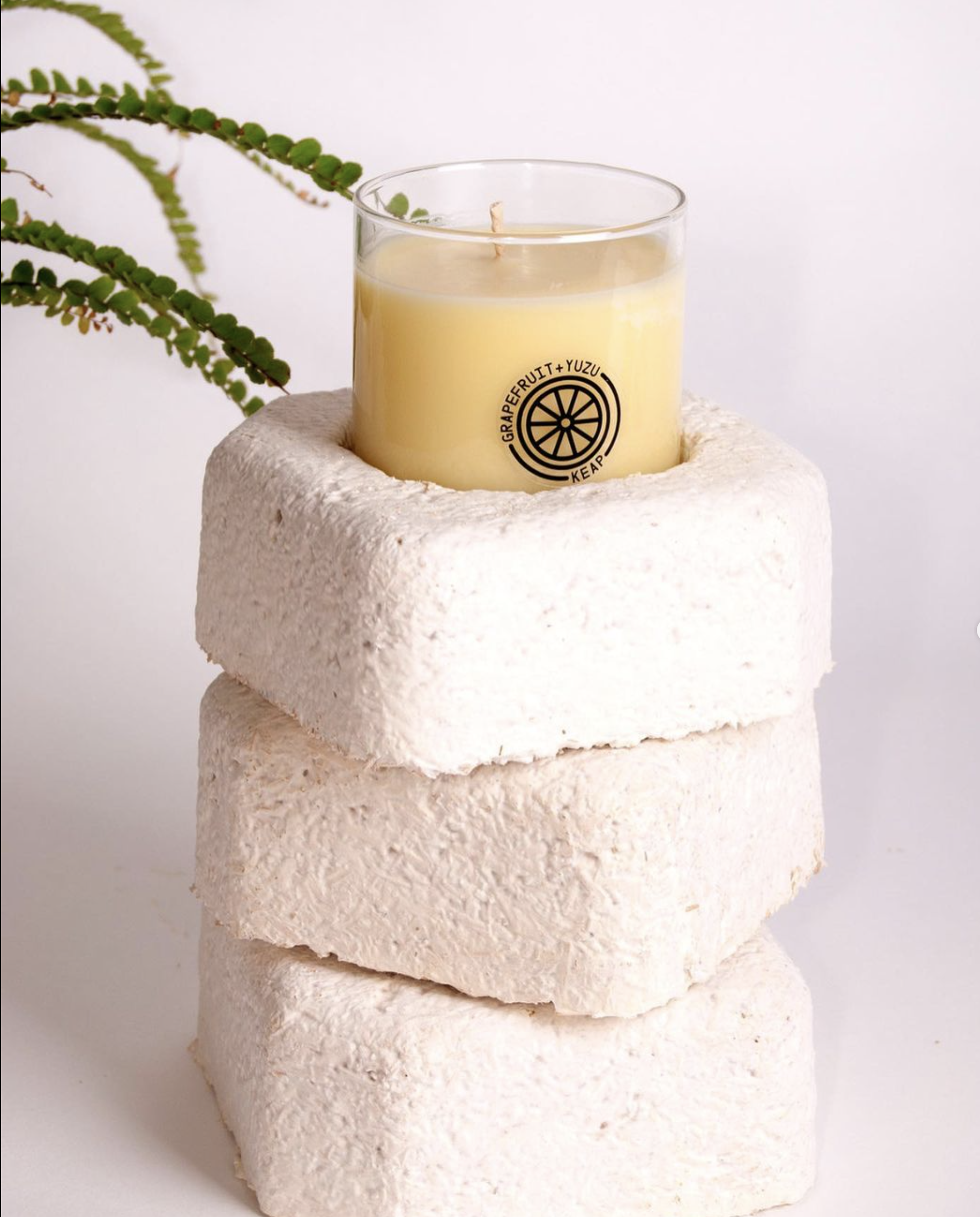
3. Cost Savings
Eco-friendly packaging materials, such as recycled paper pulp and compostable packaging, can often be more cost-effective in the long run. By reducing waste and adopting sustainable practices, businesses can save on packaging costs and potentially attract cost-conscious customers.
4. Compliance with Regulations
As governments and regulatory bodies prioritize sustainability, businesses may face stricter regulations regarding packaging materials. By proactively adopting eco-friendly packaging, businesses can ensure compliance with current and future regulations.
5. Differentiation and Competitive Advantage
In a crowded marketplace, eco-friendly packaging can help businesses differentiate themselves from competitors. By showcasing their commitment to sustainability, businesses can attract environmentally conscious consumers and gain a competitive advantage.
Implementing Eco-Friendly Packaging in Your Business
Now that you understand the benefits and options available for eco-friendly packaging, you may be wondering how to implement it in your business. Here are some steps you can take:
1. Assess Your Packaging Needs
Start by evaluating your current packaging materials and identifying areas where eco-friendly alternatives can be implemented. Consider factors such as product requirements, shipping methods, and customer expectations.
2. Research and Source Eco-Friendly Packaging Suppliers
Thoroughly research eco-friendly packaging suppliers and choose those that align with your values and sustainability goals. Look for certifications such as FSC (Forest Stewardship Council) to ensure that your packaging materials are sourced ethically and sustainably.
3. Redesign Packaging for Sustainability
Work with packaging designers and engineers to optimize your packaging design for sustainability. Consider factors such as material efficiency, minimalistic design, and ease of recyclability or compostability. At FittDesign we create custom, eco-friendly packaging that looks good & feels good for the planet
4. Educate and Engage Customers
Communicate your commitment to eco-friendly packaging to your customers. Educate them about the benefits of sustainable packaging and how they can play a role in reducing environmental impact. Encourage them to recycle or compost packaging materials whenever possible.
5. Measure and Improve
Regularly evaluate the effectiveness of your eco-friendly packaging initiatives. Measure key metrics such as waste reduction, customer feedback, and cost savings. Use this data to identify areas for improvement and refine your sustainability strategies.
Conclusion
Eco-friendly packaging is not only a responsible choice but also a strategic one for businesses. By adopting sustainable packaging materials, businesses can reduce their environmental impact, enhance their brand reputation, and attract environmentally conscious consumers. Whether it's recycled paper pulp, compostable packaging, or mushroom packaging, there are numerous options available to suit different business needs. By taking proactive steps towards implementing eco-friendly packaging, businesses can contribute to a greener future while reaping the benefits of cost savings and competitive advantage.
Transform your brand's packaging with FittDesign! Enhance your product's appeal with our expert packaging design services and seamless manufacturing solutions. Ready to make a statement on the shelves? Contact us today!
Make the switch to eco-friendly packaging today and be a part of the solution for a sustainable future.
Reference:
About FittDesign
FittDesign is a full-service design and production company specializing in the sportswear and activewear industry. We provide comprehensive solutions including innovative design, detailed technical packs, and high-quality manufacturing. Our expertise supports brands in creating functional and durable sportswear that meets the demands of a competitive market.
Ready to Bring Your Activewear Vision to Life?
Contact Us today and let’s get started on your project!
